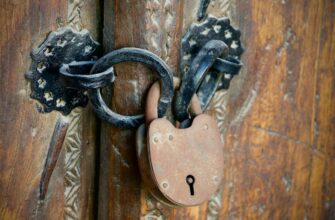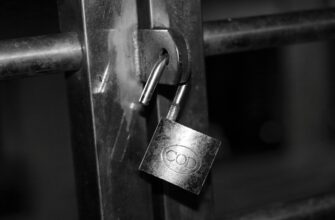## What Is an Air-Gapped Ledger?
An **air-gapped ledger** is a financial or operational record-keeping system physically isolated from unsecured networks, devices, or internet access. This “air gap” ensures hackers cannot remotely access sensitive data, making it a gold standard for protecting high-value transactions, intellectual property, or confidential records.
## Why Use an Air-Gapped Ledger?
– **Prevents Remote Cyberattacks**: No internet = no ransomware, phishing, or malware.
– **Compliance**: Meets strict regulations (e.g., GDPR, HIPAA) for data isolation.
– **Tamper-Proof**: Physical access required to alter records.
– **Long-Term Security**: Ideal for archival of sensitive financial data.
## Step-by-Step Guide to Storing a Ledger Air-Gapped
### Step 1: Choose the Right Hardware
– Use a **dedicated offline computer** (e.g., Raspberry Pi, old laptop).
– Avoid devices with Wi-Fi/BLUETOOTH® hardware.
– Opt for encrypted USB drives (e.g., Kingston IronKey).
### Step 2: Create an Isolated Environment
– Set up the device in a **locked room or safe**.
– Disable all wireless connectivity in BIOS settings.
– Remove cameras or microphones if paranoid.
### Step 3: Install Minimalist Software
– Use a lightweight OS like Tails or Qubes OS.
– Install ledger software (e.g., GnuCash, Ledger CLI).
– **Never** connect to the internet post-installation.
### Step 4: Transfer Data Securely
– Encrypt files with VeraCrypt before transferring.
– Use USB drives **only once** to prevent cross-contamination.
– Verify data integrity with checksums (e.g., SHA-256).
### Step 5: Maintain Physical Security
– Store hardware in a fireproof safe.
– Limit access to 1-2 authorized personnel.
– Log all physical access attempts.
### Step 6: Regular Updates & Backups
– Update software **offline** via USB every 3-6 months.
– Keep 3 backups: one on-site, one off-site, one in a secure cloud (optional).
– Test backups quarterly.
## Best Practices for Air-Gapped Ledgers
– **Zero-Trust Access**: Require biometric + PIN authentication.
– **Tamper-Evident Seals**: Use on USB ports/hardware.
– **Air Gap Monitoring**: Install motion sensors near the device.
– **Destroy Old Hardware**: Drill holes in disks before disposal.
## Air-Gapped Ledger FAQ
### Q: Is an air-gapped ledger 100% secure?
A: No—insider threats or physical breaches are still risks. Combine with strict access controls.
### Q: Can I use a regular USB drive?
A: Not recommended. Use FIPS 140-2 validated encrypted drives.
### Q: How often should I update the ledger?
A: Update during offline maintenance windows, ideally monthly.
### Q: What if I need to share data from the ledger?
A: Export to encrypted USB, then transfer to a **separate** internet-free device for review.
### Q: Are paper ledgers safer than digital air-gapped ones?
A: Paper is vulnerable to fire/theft. Digital air-gapped ledgers offer encryption + easier auditing.
### Q: Can malware infect an air-gapped ledger?
A: Yes—via “infected” USBs. Always scan files on a non-critical device first.
—
By following these steps, you create a near-impenetrable system for storing ledgers. While no method is foolproof, air-gapping drastically reduces attack surfaces, ensuring your financial data stays locked away from digital threats.








